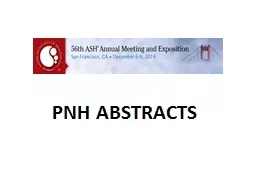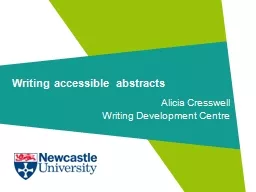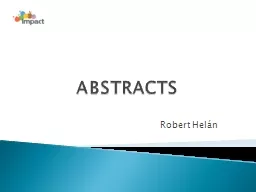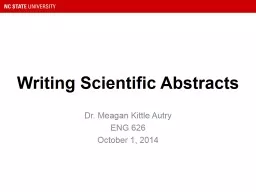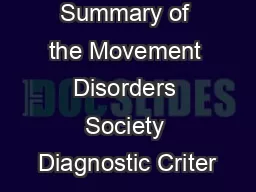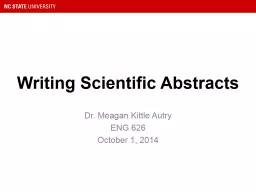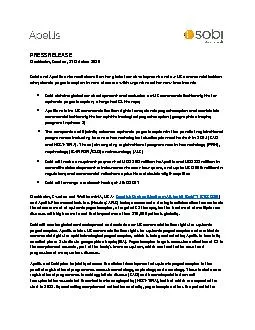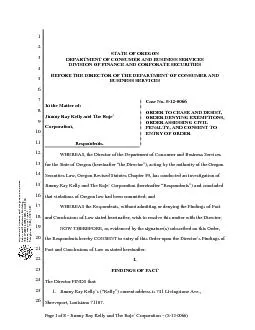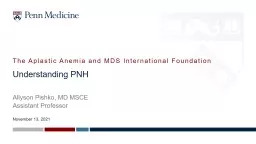PPT-PNH ABSTRACTS Authors Richard J Kelly,
Author : bikersnomercy | Published Date : 2020-06-17
MBChB PhD1 Britta Höchsmann MD2 Austin Kulasekararaj3 Sophie de Guibert MD4 Alexander Röth MD5 Ilene C Weitz MD6 Elina Armstrong MD PhD7 Anita Hill
Presentation Embed Code
Download Presentation
Download Presentation The PPT/PDF document "PNH ABSTRACTS Authors Richard J Kelly," is the property of its rightful owner. Permission is granted to download and print the materials on this website for personal, non-commercial use only, and to display it on your personal computer provided you do not modify the materials and that you retain all copyright notices contained in the materials. By downloading content from our website, you accept the terms of this agreement.
PNH ABSTRACTS Authors Richard J Kelly,: Transcript
Download Rules Of Document
"PNH ABSTRACTS Authors Richard J Kelly,"The content belongs to its owner. You may download and print it for personal use, without modification, and keep all copyright notices. By downloading, you agree to these terms.
Related Documents

